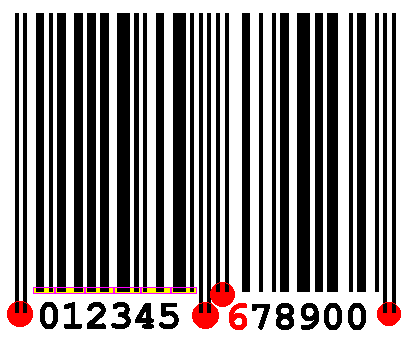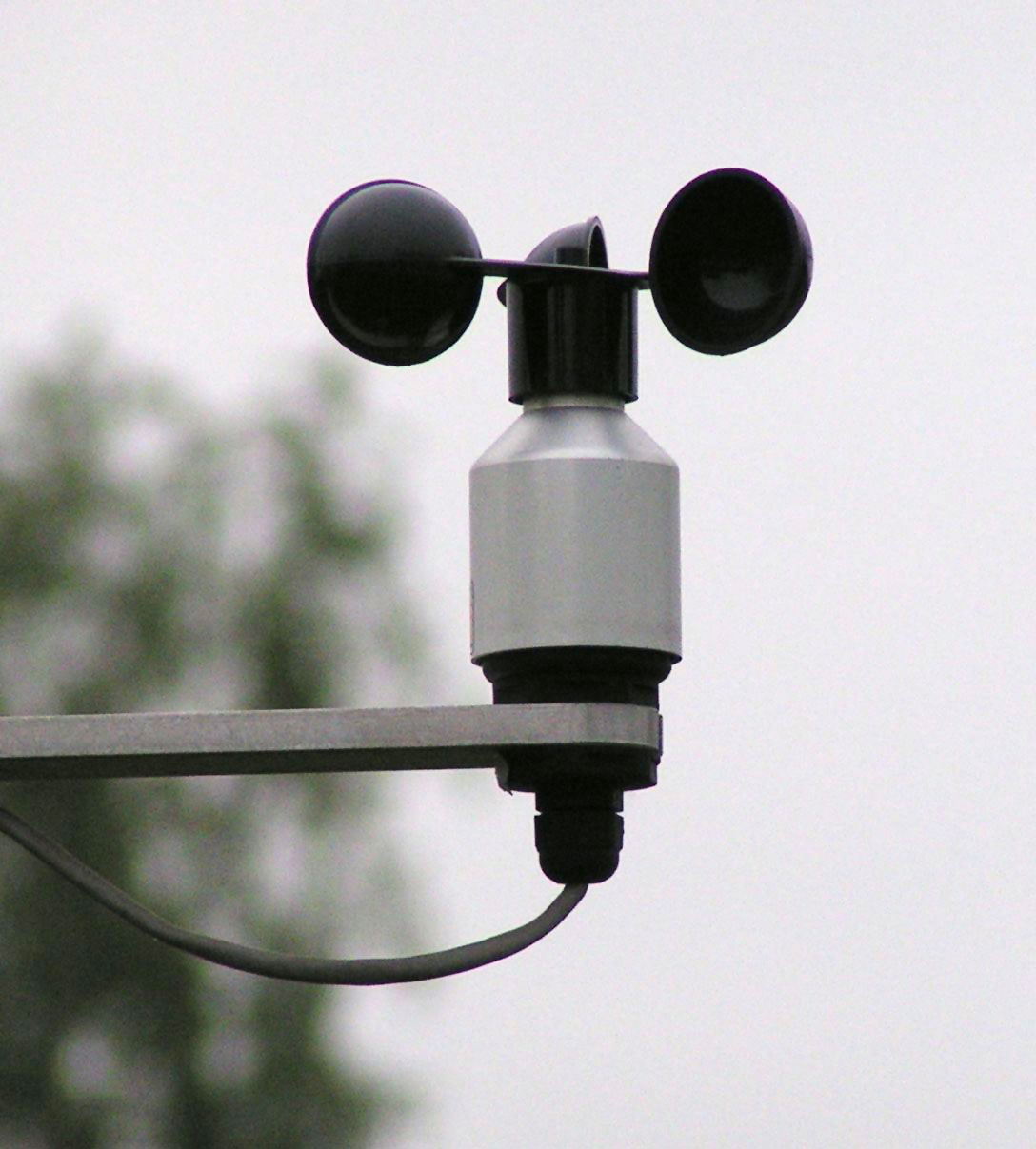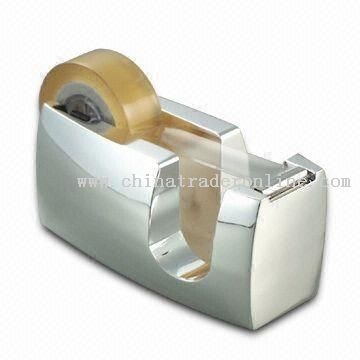














Radar is short for RAdio Detection And Ranging. Radar is used to locate distant objects by sending out radio waves and analyzing the echoes that return. Radar can determine where a distant object is, how big it is, what shape it has, how fast it's moving and in which direction it's going. Radar is now used to watch developing weather patterns, to monitor air traffic, to track ships at sea, and to detect missiles.
The first practical radar system was invented in 1935 by the Scottish physicist Sir Robert Alexander Watson-Watt (April 13, 1892-December 5, 1973). He developed radar to help track storms in order to keep aircraft safe. His invention eventually helped the allies win World War 2 against the Germans.



A hot-air balloon is a balloon that is filled with hot air; it rises because hot air is less dense (lighter) than the rest of the air. Joseph and Jacques Etienne Montgolfier were two French brothers who made the first successful hot-air balloon. Their first balloon was launched in December, 1782, and ascended to an altitude of 985 ft (300 m). This type of hot-air balloon was called the Montgolfier; it was made of paper and used air heated by burning wool and moist straw. The first passengers in a hot-air balloon were a rooster, a sheep, and a duck, whom the Montgolfier brothers sent up to an altitude of 1,640 ft (500 m) on September 19, 1783 (the trip lasted for 8 minutes); the animals survived the landing. This event was observed by King Louis XVI and Queen Marie Antoinette of France.



Hi ladies and gentlemen, our today’s post is going to be about Geiger-Muller counter. The Geiger counter (sometimes called the Geiger-Muller counter) is a device that detects ionizing radioactivity (including gamma rays and X-rays) - it counts the radioactive particle that passes through the device. The German nuclear physicist Hans Wilhelm Geiger developed the device from 1908-12. At that time, Geiger was an assistant to the British physicist Ernest Rutherford (1871-1937). In 1928, the Geiger counter was improved by the German physicist E. Walther Muller.
Thus I think that this post will be helpful for u to know about Geiger-Muller counter. See you in next post with more info…



The mechanical pencil was invented in 1915 by Tokuji Hayakawa (November 3, 1894-June 24, 1980). His first mechanical pencil was called the "Ever-Ready Sharp Pencil." Hayakawa had owned a metalworking shop in Tokyo, Japan, and in 1942, expanded his company and renamed it the Hayakawa Electric Industry Co.,Ltd. It was later called the Sharp Corporation (1970), and Hayakawa was appointed chairman.



Lewis E. Waterman was an American inventor and insurance salesman who developed a relatively leak-proof fountain pen; he patented his new invention in 1884 and revolutionized writing. Before his fountain pen, pen tips had to be tipped into ink after every few words. Waterman put an ink reservoir in the pen above the pen's metal nib (point). This reservoir would hold enough ink for a few pages of writing. There were many problems in developing the fountain pen, especially the difficulty of controlling the flow of the ink. Putting a sealed reservoir above the nib wouldn't let the ink flow, but if it wasn't sealed, all the ink would flow at once. Waterman used capillary action to replace the ink in the rubber sac with air so that the ink flowed smoothly but did not flow all at once. Also, the metals in the ink dissolved the steel pen nib, so Waterman used an iridium-plated gold nib. Waterman was also the first person to place a clip on the cap of the pen.



Garrett Augustus Morgan (March 4, 1877 - August 27, 1963) was an African-American inventor and businessman. He was the first person to patent a traffic signal. He also developed the gas mask (and many other inventions). Morgan used his gas mask (patent No. 1,090,936, 1914) to rescue miners who were trapped underground in a noxious mine. Soon after, Morgan was asked to produce gas masks for the US Army.



The electric iron was invented in 1882 by Henry W. Seeley, a New York inventor Seeley patented his "electric flatiron" on June 6, 1882 (patent no. 259,054). His iron weighed almost 15 pounds and took a long time to warm up.
Other electric irons had also been invented, including one from France (1882), but it used a carbon arc to heat the iron, a method which was dangerous.



The first dishwasher was patented in 1850 by Joel Houghton; his machine was a hand-turned wheel that splashed water on dishes - unfortunately, it wasn't very effective at washing dishes. The first working automatic dishwasher was invented by Mrs. Josephine Garis (W. A.) Cochran, of Shelbyville, Illinois, in 1889. Her dishwasher was a wooden tub with a wire basket in it - the dishes went in the basket, and rollers rotated the dishes. As a handle on the tub was turned, hot, soapy water was sprayed into the tub, cleaning the dishes. Cochran's machine was first shown at the 1893 World's Fair in Chicago, Illinois. At first, her machine was only bought by some restaurants and hotels. Cochran's small company was eventually associated with the Kitchen Aid Company. The dishwasher didn't become widespread as a labor-saving machine until the 1960s.



A metal can (or canister) for preserving food was invented in 1810 by a Peter Durand, of London, England. Metal cans (also called tins) could preserve food for a long period of time. To open a can, a person had to use a hammer and chisel; the can opener wasn't invented for another 50 years.
The can opener was invented in 1858 by Ezra Warner of Waterbury, Connecticut, USA. Warner's device used a lever and chisel. Until then, cans were opened using a hammer and chisel; the can opener was invented 50 years after the metal can was invented.
The can opener was improved in 1870 by William Lyman of West Meridian, Connecticut, USA. Lyman's device used a rotating wheel and a sharp edge. His can opener only fit one size of can, and first had to pierce the center of the can.
The modern-day type of can opener (using a serrated wheel) was invented in 1925.












Drew's first tape invention was a masking tape made for painters in 1923 (this tape was designed to help painters paint a straight border between two colors). This early masking tape was a wide paper tape with adhesive on only the edges of the tape - not in the middle. Drew made an improved tape called Scotch (TM) Brand Cellulose Tape in 1930. This tape was a clear, all-purpose adhesive tape that was soon adopted worldwide. The first tape dispenser with a built-in cutting edge was invented in 1932 by John A. Borden, another 3M employee.